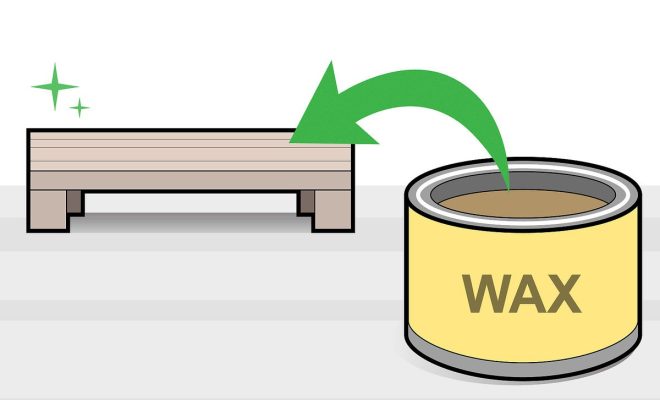How to Install Upper Cabinets

Installing upper cabinets may seem like a daunting task, but with the right tools and guidance, you can successfully complete this home improvement project all by yourself. Follow these step-by-step instructions to ensure the secure and proper installation of your upper cabinets.
Tools and Materials Needed:
– Upper cabinets
– Stud finder
– Level
– Tape measure
– Drill
– Screws
– Wall anchors (if needed)
– Ladder or step stool
– Pencil
Step 1: Preparation and Planning
Before beginning the installation process, remove all cabinet doors and drawers to make the cabinets lighter and easier to handle. Measure your wall space to determine cabinet placement. Mark the height of the cabinets on the wall, making sure there’s enough clearance for any appliances or countertops below.
Step 2: Locate the Wall Studs
Use a stud finder to locate wall studs where your cabinets will hang. Mark each stud location using a pencil. Be sure to double-check these marks using a level and measuring tape for accuracy.
Step 3: Install Cabinet Ledger Board (Optional)
A ledger board serves as temporary support for your cabinets during installation. If you’d like to use one, cut a strip of wood that is as long as your cabinets’ width, then screw it into the wall at your previously marked height line. Use a level to ensure it’s straight before attaching it securely with screws into the detected studs.
Step 4: Attach Your First Cabinet
Using a ladder or step stool, lift one corner of your first cabinet onto the ledger board (if using) or hold it in place against the wall at your desired height. Use a level to check if it’s straight before drilling pilot holes through the cabinet’s back bracket and into each of the located wall studs. Attach the cabinet to the studs with screws.
Step 5: Install Remaining Cabinets
Following the same process, attach all remaining cabinets one by one. As you go along, it’s recommended to clamp adjoining cabinets together to ensure they’re aligned and level. This will help maintain consistency across the entire installation.
Step 6: Secure Cabinets Together
After installing all cabinets, you may need to join them for extra stability. To achieve this, drill pilot holes through the face frames of adjoining cabinets and secure them together with screws. Be sure to countersink these screws slightly to hide them once cabinet doors are reattached.
Step 7: Reattach Cabinet Doors and Drawers
With your cabinets securely installed, reattach doors and drawers using their original hardware or opt for new hardware as an easy facelift for older cabinets.
Step 8: Clean Up and Enjoy
Take a final look at your newly installed upper cabinets, ensuring everything is properly aligned and secure. Congratulate yourself on a job well done and enjoy your updated space!
By following these steps closely, you’ll be well on your way to installing upper cabinets that complement your home’s unique design while maximizing storage space.


